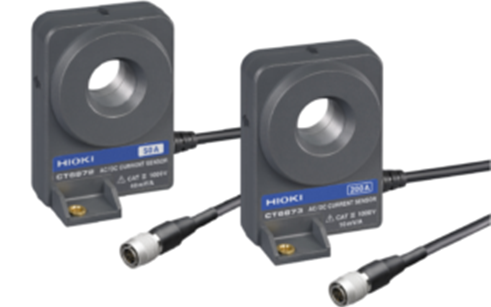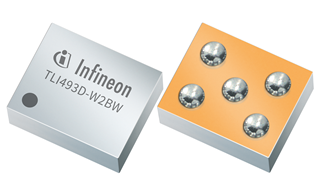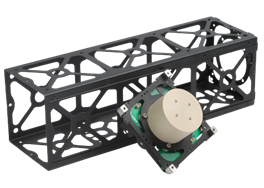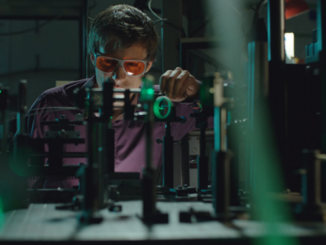
Next-generation semiconductor power inverters, such as silicon carbide and gallium nitride transistors, often convert power into extremely high frequencies, too high for accurate measurement by many current sensors. Hioki, maker of an extensive line of power testing instruments including current probes and magnetic field testers, has introduced two new models that can measure these frequencies very accurately, as much as ten times more precise than previous models.
Welcome to the annual Magnetic Sensing Fest at Magnetics Magazine.
Stay tuned for more!
Main applications are for evaluation of power conversion efficiency and loss in research & development and production processes, for automotive manufacturers and for manufacturers of wind and solar renewable energy equipment. For more info, see www.hioki.com.
The current sensors CT6872 and CT6873 can measure frequencies with bandwidths of up to 10 MHz and 5 MHz, respectively, a surprising 10-times increase from their previous models, the company reports. It has also increased accuracy by improving other aspects of the sensor technology. Typically, a current sensor generates a signal proportional to the amount of current using the output of a magnetic sensor that detects the current flowing through the board and wiring. These use flux gate detection within the zero-flux method to deliver linear properties, enabling them to maintain high precision even at low current levels.



